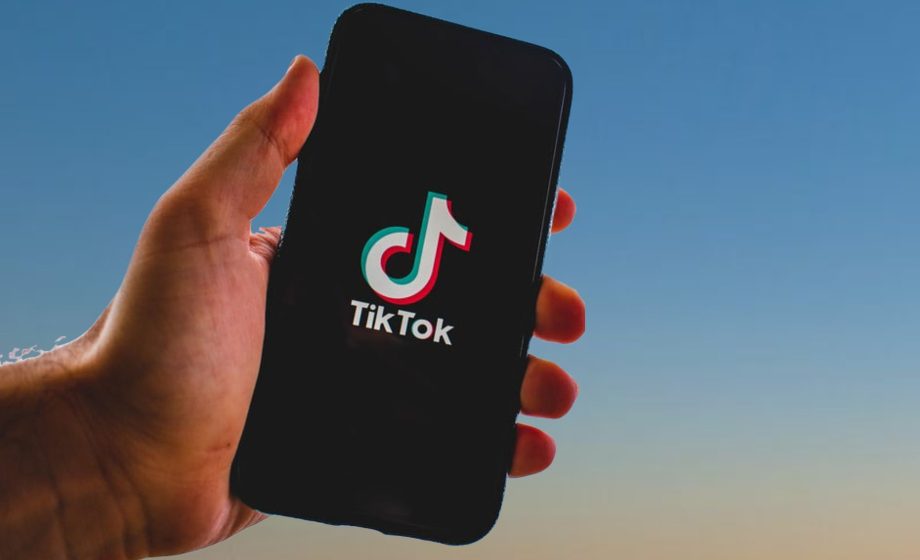TikTok has become a world phenomenon! It’s surpassing other social media in global internet traffic and becoming more accessed than Google, Gmail, and Google Maps.
Shira Ovide, in the New York Times, reported that “TikTok might be rewiring entertainment, giving the next generation of activists new ways to tell stories and challenging the global internet order.”
This Ovide’s claim is quickly becoming a reality as the app saw explosive growth and global popularity.
There’s more to the app’s explosiveness, and some are now seeing it as the enemy of journalism. Instead, the right thing is to wonder why people are surprised that it’s a place people go for news.
The growing news channel
As the social media app is growing, it’s evolving to capture aspirational, educational, and business-oriented information. In other words, Tiktok is increasingly and interestingly growing into a news channel.
Ofcom’s recent report on the UK’s news consumption shows that TikTok is the fastest growing source of news for adults in the country.
In June 2022, the app was also considered the quickest rising source of news in the Reuters Institute for the Study of Journalism’s Digital News Report.
This growing Tiktok trend, however, has been received with worries due to the dearth of “traditional journalism” it may cause.
Mainstream journalists and traditional newscasters are seeing this Tiktok trend as a threat. Rather than seeing it this way, I think we should all view the trend as a natural evolution.
News gets to us in diverse, best possible ways. And the manner journalism has been presented to us has always been in flux. So we should embrace this angle with Tiktok.
The old or previous means of presenting news would always be the best until a new way comes along. The world did not end as people became familiar with the alternative.
TikTok is doing things differently, it’s presenting news or information in a new style and format. It presents videos to us uniquely than other tech platforms.
There will always be a more significant dimension or break from the norm. Now, we’re seeing that with the Tiktok way of journalism.
In a globe where landscape, horizontal video dominates the television screens, TikTok is flipping the idea on its head, providing vertical full-screen video.
The app comes with a different cadence, language, and method of presentation. This is why it’s less possible for news outlets to recut existing television or Facebook video for Tiktok.
Tiktok doesn’t mean the end of journalism
The platform doesn’t necessarily mean we should dumb the style of journalism or end journalistic values. It’s just a natural evolution!
Tiktok won’t erase traditional journalism. In fact, less than a 3rd of youngsters trust what they view on TikTok, which is less than half that trust TV news.
However, since more people, especially young people, spend more time on Tiktok, there will be an increase in the Tiktok news channel.
As of early 2022, the social media app has more than three billion downloads and one billion monthly users. And about 50% of its audience is under the age of 30.
I think what we should be talking about is an effective integration. There should be a mix between traditional journalism and Tiktok.
According to Sportsbeat social media executive Max Hamid, “TikTok can help journalists understand the younger generation, and it’s a good way of assessing the platform’s culture.”
Thompson Will, a Sportsbeat social media manager, also added, “TikTok is useful for journalists wanting to get a creative message out. TikTok could work, but it’s very time-consuming, and users have to be creative and passionate enough to put the time in.”
The truth is that TikTok is where the audience is nowadays. So it’s common sense for news outlets to be there as well. News outlets like BBC that have been seeking more audience for “replenishers” should pitch their tents on the platform.
While news outlets like the Washington Post have already migrated to the app, creating idiosyncratic videos, others haven’t gone there to date. This has left a vacuum for people who aren’t trained journalists to fill.
More than 44% of the app users say they receive information or news from people they follow on Tiktok as opposed to mainstream news outlets.
For instance, TikTok’s news output was active in delivering news and stories on the Amber Heard-Johnny Depp defamation trial. The platform also became a presenting tool in the early period of Russia’s invasion of Ukraine.
Ukrainians documented the Russian invasion and atrocities with their phones. The footage was uploaded and viewed on Tiktok about a million times.
You may want to know what news organizations will benefit from using Tiktok. The gains include:
- The app sharing short videos option helps to increase engagement.
- Tiktok is relatable. Users would easily feel like connecting with the journalists personally.
- The app has recently added a link for paid ads and sponsored videos.
- News organizations or journalists can use hashtags to make their videos easily found.
- It has a strong potential to last long due to its multiple features.
- And it’s free.
TikTok shouldn’t be seen as the enemy of journalism; it has become a creative way of reaching people. Its rise can be best considered as the latest evolution in how the globalized world consumes news.
No wonder Chris Stokel-Walker said, “News finds us in the best possible way, journalism has always been in a state of flux!”
Image by Nitish Gupta from Pixabay

